PRODUCTS
CONTACT US
Ningbo Nide International Co., Ltd.
一一
· Contact person:Jack Zeng
· Mob/Whatspp/WeChat:0086-13738869026
· Email:emarketing@nide-group.com;marketing4@nide-group.com
· Add:No. 169, Wohushan Road, Daqi Subdistrict, Beilun District, Ningbo, China

Nide team could manufacture ball bearing as per customer’s drawing and samples.
If customer only has samples, we could also design drawing fo r our customer.
We also provide customized service.
Our ball bearing is widely applied the different industrials.
Ningbo Haishu Nide International is a professional manufacturer engaged in bearing research and sales. The factory covers an area of over 9000 square meters and has over 100 employees. The company has modern production equipment and advanced testing instruments. We produce deep groove ball bearings, spherical roller bearings, shaft,carbon brush,fan,thermal protector,motor cover and lamination,magnet,commutator, etc. The bearing accuracy is P0, P6, P5, P4 levels, widely used in single and three phase induction motor,fan motor,compress motor,water pump motor,washing machine motor,air condition motor,electric automotive motor. Passed ISO9001:2015 and CE status.
We adopt first-class production equipment and a comprehensive testing system, and hire excellent technical personnel for operation and management. Our bearings are now very popular in the United States, Canada, Türkiye, Russia, Argentina Honduras,Cocos (Keeling) Islands,Russia and other countries and regions.Nide wishes is to provide world wide customers with one-stop service for the motor manufacturing.
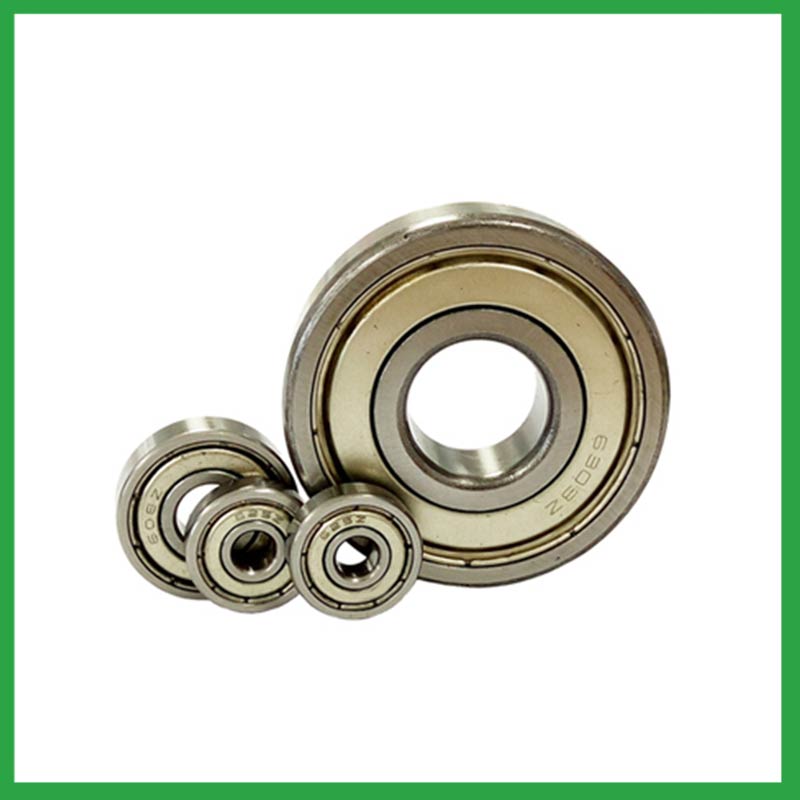
| Parameter | Information |
|---|---|
| Product Name | ball bearing angular contact |
| Brand Name | NIDE |
| Place of Origin | Ningbo,China |
| Material | stainless steel, etc. |
| Structure | Deep Groove |
| Color | Customized Color |
| Delivery Time | 5-7days |
| Port | Ningbo/Shanghai |
| Export region | Asia,Africa,America |
| Export Country | India,Brazil,South Korea,Czech Republic,Estonia,Isle of Man,Haiti...etc |
| Application | automotive engines, etc. |
| OEM/ODM | Yes |
| Size | Customized size |
| Stock | In Stock |
| Feature | Low Noise,High precision...etc |
| MOQ | 10 pieeces(Specific according to the model) |
| Certification | ISO9001,CE-stator coil lacing machine,CE-stator coil forming machine,etc |
| Supply Ability | 100000-500000 Piece/Pieces per Month |
| Lubricate | Oil Grease |
| Packaging Details | Suitable for sea transportation |
| Lead time (days) | 15-20 (To be negotiated) |
Please note: The above table data is for reference only. For specific information, please contact us.
ball bearing angular contact require thrust for installation, which can be achieved by using a combination ring made of steel sleeve and transmission rubber, or by using an adjustment plate to tighten the bolt to form a combination ring installation structure.
During the disassembly process, the outer shell should be kept intact to avoid unnecessary damage;
When replacing installation components, attention should be paid to the accuracy of the support components to prevent deformation;
During the disassembly process, attention should be paid to protecting the surface quality of the ball bearing to ensure its performance;
During the operation, attention should be paid to removing surface dust to ensure the quality of the ball bearing.
Ball bearings have many advantages, making them highly competitive in the market.
Firstly, they are very durable and have good wear performance, making their service life longer than many other types of bearings.
Secondly, they are easy to install and can provide low friction performance in various applications.
Thirdly, they require a relatively low level of maintenance, making them cost-effective.
In addition, compared to many other types of bearings, their purchase cost is relatively low, making them an economical choice.




ball bearing angular contact---FAQs Guide
2.What is the load distribution within a ball bearing angular contact, and how does it vary between different bearing configurations?
3.How do preload adjustments in ball bearing angular contact affect their performance and suitability for high-precision tasks?
4.How do ball bearing angular contact contribute to the overall efficiency and energy savings in industrial machinery and transportation systems?
5.What are the considerations for choosing between open, shielded, or sealed ball bearing angular contact in specific applications?
6.Are there ceramic ball bearing angular contact designed for specific applications requiring high-temperature or corrosion resistance?
7.Can ball bearing angular contact be customized with special coatings or treatments to meet specific industry standards or regulatory requirements?
8.Are there ongoing research and development efforts aimed at improving ball bearing angular contact materials, designs, and lubrication techniques?
9.What are the standard sizes and dimensions of ball bearing angular contact?
10.What maintenance practices are recommended to extend the lifespan of ball bearing angular contact and prevent premature failure?
11.Are there hybrid ball bearing angular contact that combine steel rings with ceramic balls to optimize performance in demanding applications?
12.As a ball bearing angular contact manufacturer,What is your payment method?
13.Can ball bearing angular contact be used in both vertical and horizontal orientations?
14.What are the advancements and innovations in ball bearing angular contact technology that have emerged in recent years?
15.How do cage materials and designs impact ball bearing angular contact performance and stability?
1.Are there self-aligning ball bearing angular contact that accommodate misalignment and shaft deflection in rotating equipment?
These ball bearing angular contact are particularly suitable for applications where misalignment can arise from errors in mounting or shaft deflection. A variety of designs are available with cylindrical and taper bores, with seals and adapter sleeves and extended inner rings.
2.What is the load distribution within a ball bearing angular contact, and how does it vary between different bearing configurations?
The load distribution between the rolling elements and raceway is crucial in performance evaluation of rolling element bearings. Determine the load distribution by measuring the strain response at the bearing surface with a notched housing. Finite element analysis shows that the introduction of notches does not affect the load distribution. An experimental system was developed to investigate the load distribution in a cylindrical roller bearing. The experimental static load distribution agrees well with the theoretical calculation. The dynamic load at specific position of load zone reflects the manufacture difference among rollers and dynamic balance of distributing loads.
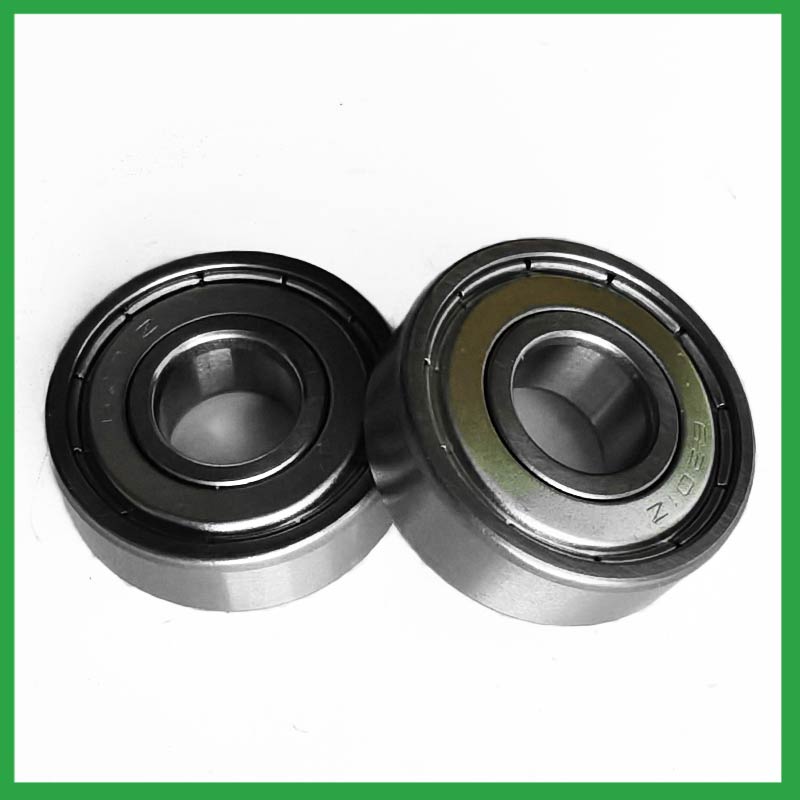
3.How do preload adjustments in ball bearing angular contact affect their performance and suitability for high-precision tasks?
Benefits of Preloading a Bearing
Optimizes the ball spin to roll ratio.
Increases the rigidity of an application.
Protects from excessive ball skidding.
Decreases application vibration and sliding friction.
High running accuracy (even if load conditions keep changing)
Increases bearing load capacity.
4.How do ball bearing angular contact contribute to the overall efficiency and energy savings in industrial machinery and transportation systems?
The balls roll along the raceway, allowing for smooth rotation of the machinery or equipment. Ball bearings are used to support rotating, reduce friction and support radial and axial loads in high-load, high-speed applications where reliability and efficiency are critical.
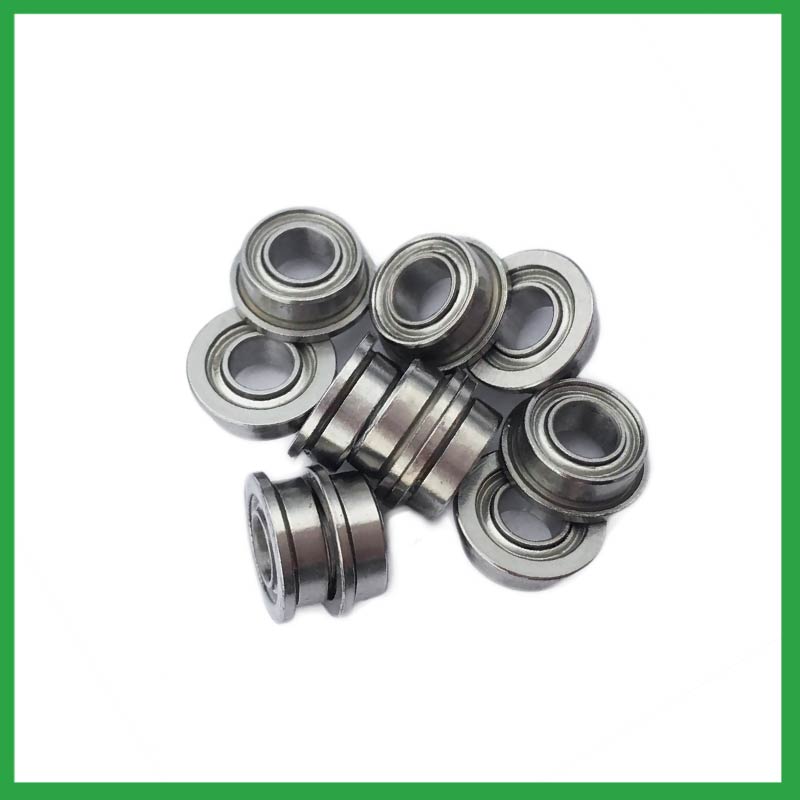
5.What are the considerations for choosing between open, shielded, or sealed ball bearing angular contact in specific applications?
While sealed bearings offer superior protection and maintenance advantages, shielded ball bearing angular contact can be more suitable in situations where minimal friction and operating temperature are crucial. It's essential to assess the operational environment and demands before making a selection.
6.Are there ceramic ball bearing angular contact designed for specific applications requiring high-temperature or corrosion resistance?
Ceramic ball bearing angular contact are a special type of bearing made of ceramic materials, offering superior wear resistance, corrosion resistance, and high-temperature performance. They provide excellent performance in applications requiring high speeds, high temperatures, and resistance to corrosion.
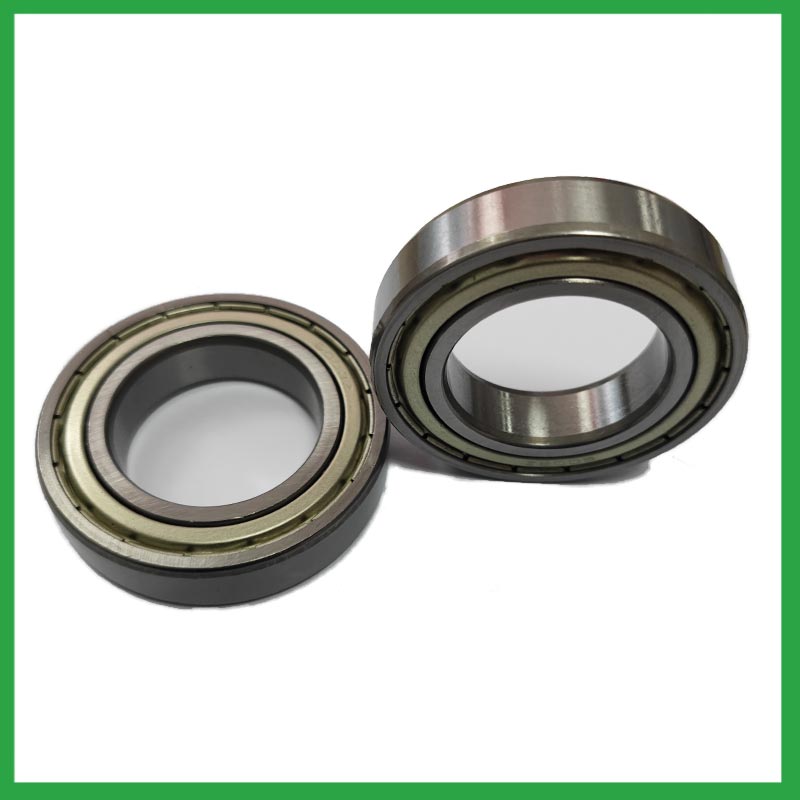
7.Can ball bearing angular contact be customized with special coatings or treatments to meet specific industry standards or regulatory requirements?
Yes, ball bearing angular contact can be customized with special coatings or treatments to meet specific industry standards or regulatory requirements.
1. Corrosion-resistant coatings: These coatings are used to protect the bearings from corrosion caused by exposure to moisture, chemicals, and other corrosive substances.
2. High-temperature coatings: These coatings are used to improve the thermal stability and performance of bearings in high-temperature environments.
3. Food-grade coatings: These coatings are specially designed for applications in the food and beverage industry, where bearings come into contact with food, beverage, or pharmaceutical products.
4. Anti-static and non-conductive coatings: These coatings are used to dissipate static electricity, which can cause damage to electronic components.
5. Specialized lubrication treatments: Bearings can be treated with specialized lubricants that meet specific industry standards or regulatory requirements.
8.Are there ongoing research and development efforts aimed at improving ball bearing angular contact materials, designs, and lubrication techniques?
A custom ball bearing angular contact can satisfy almost any customer’s needs. Your application may need a needle roller or ball bearing, a radial or angular contact design, a plain carbon steel bearing with anti-corrosion coatings or stainless steel, a thrust bearing or a spherical bearing, tight or loose radial play, sealed or non-sealed designs
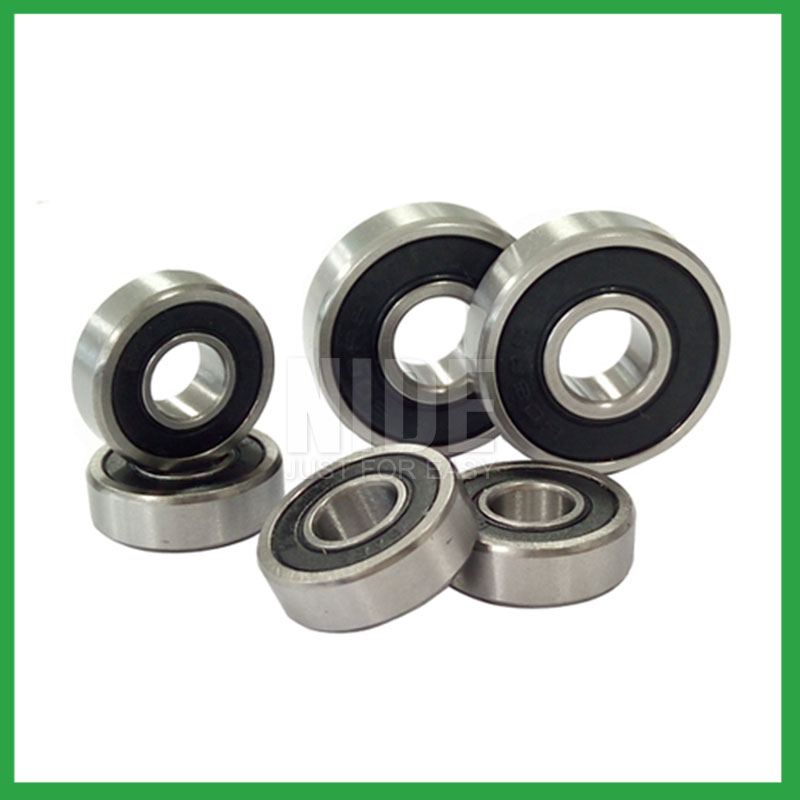
9.What are the standard sizes and dimensions of ball bearing angular contact?
ball bearing angular contact size charts are widely available, and can be used to find the measurements of a specific bearing. Series 6200 and 6300 are the most commonly used, and typically range from 10 x 30 x 9 mm (. 394 x 1.181 x . 354 in) to 150 x 320 x 65 mm (5.906 x 12.598 x 2.559 in).
10.What maintenance practices are recommended to extend the lifespan of ball bearing angular contact and prevent premature failure?
Proper handling and installation of ball bearing angular contact is essential to preventing premature failure. Ensure that bearings are stored and transported in a clean, dry, and vibration-free environment. During installation, ensure that bearings are properly aligned, and torque is applied correctly.
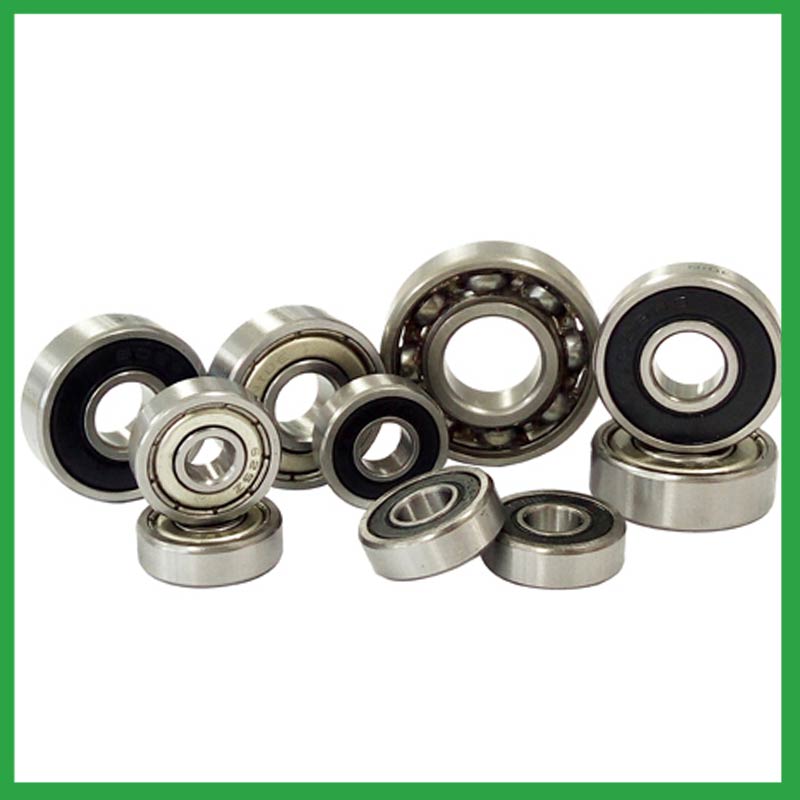
11.Are there hybrid ball bearing angular contact that combine steel rings with ceramic balls to optimize performance in demanding applications?
Hybrid Ceramic ball bearing angular contact. Ceramic ball bearings (also known as hybrid bearings) are the one component that'll easily optimize the performance of your application. Hybrid bearings have ceramic (silicon nitride, Si3N4) balls and 52100 bearing steel rings.
12.As a ball bearing angular contact manufacturer,What is your payment method?
We accept T/T, PAYPAL or Western Union, credit card or via ALIBABA Assurance order.
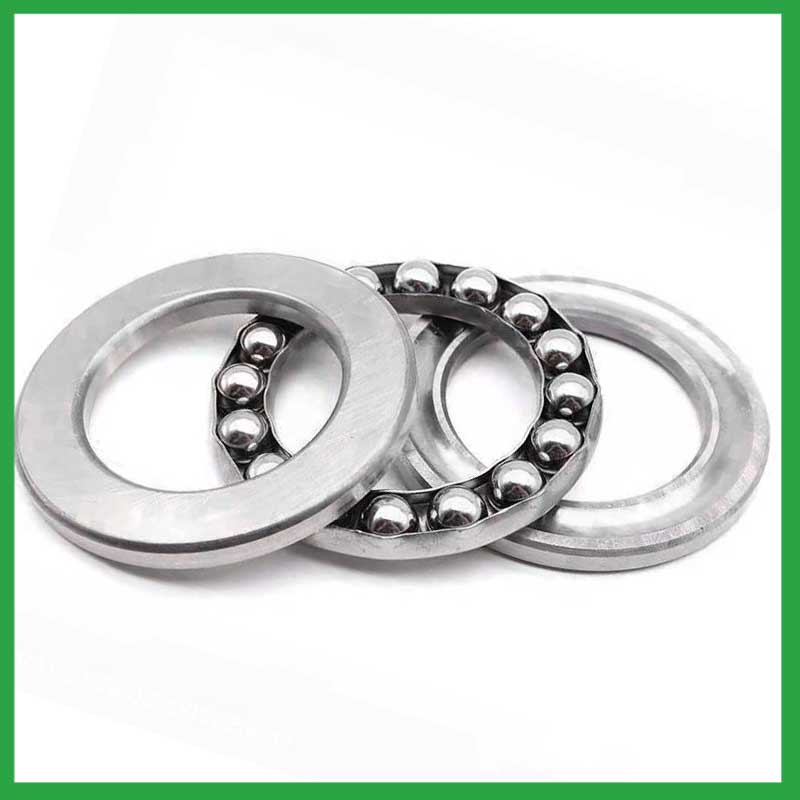
13.Can ball bearing angular contact be used in both vertical and horizontal orientations?
Sleeve Bearings: Sleeve bearings, also known as plain bearings, employ a simple yet effective mechanism. A cylindrical sleeve separates the rotating shaft from the stationary portion of the bearing, reducing friction and enabling smooth rotation. Sleeve bearings are characterized by their quiet operation, cost-effectiveness, and suitability for horizontal mounting orientations.
Ball Bearings: Ball bearings introduce small metal balls between the moving parts, providing enhanced durability and reduced friction. This design allows for smoother and more efficient rotation, making ball bearings well-suited for high-performance applications and vertical installations.
14.What are the advancements and innovations in ball bearing angular contact technology that have emerged in recent years?
Significant advancements have been made in ball bearing angular contact steels over the years. Modern, ultra-clean bearing steels contain fewer and smaller non-metallic particles, giving ball bearings greater resistance to contact fatigue.
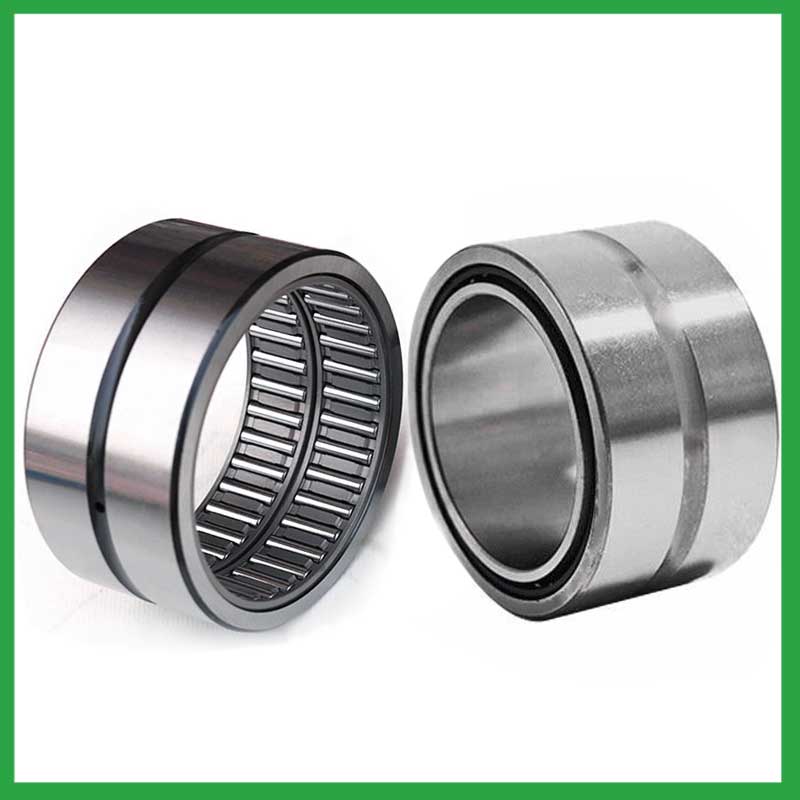
15.How do cage materials and designs impact ball bearing angular contact performance and stability?
As the core component of rotating machinery, the performance and reliability of high-precision ball bearing angular contact directly affect the overall performance and life of the machine and instrument . The increase of the rotational speed will aggravate the collision and friction of the cage, which will lead to the decrease of the rotational stability of the cage. The unstable movement of the cage could in turn lead to more severe collision and wear, thus reducing the life and reliability or even the destruction of the bearing.
Therefore, it is very necessary to study the cage stability to guarantee the stable operation of bearings. However, the dynamic characteristics of the cage is very complex. Parameters such as load, rotational speed and lubrication may affect its kinematic and tribological conditions, which leads to the change of its motion behavior.

